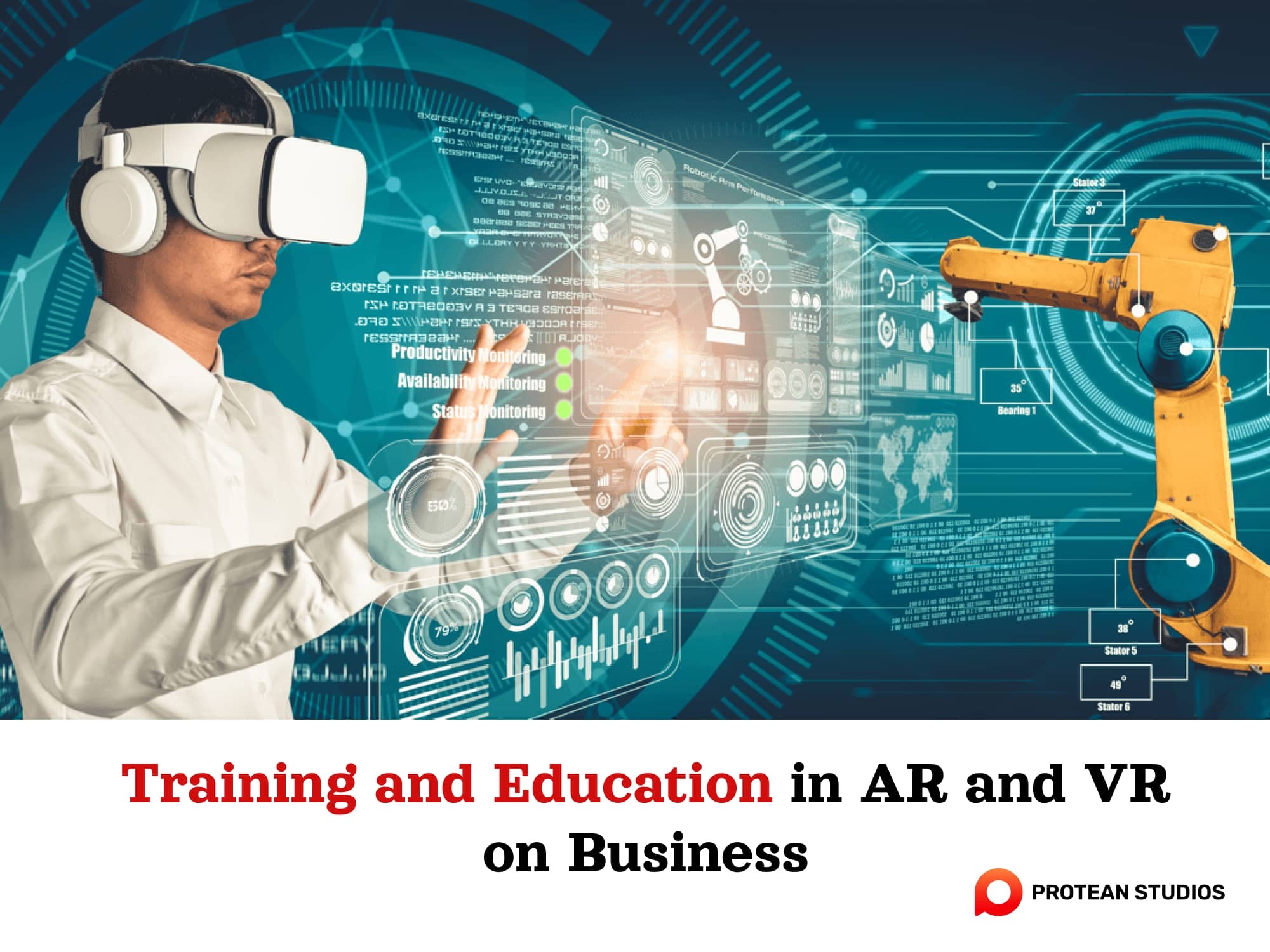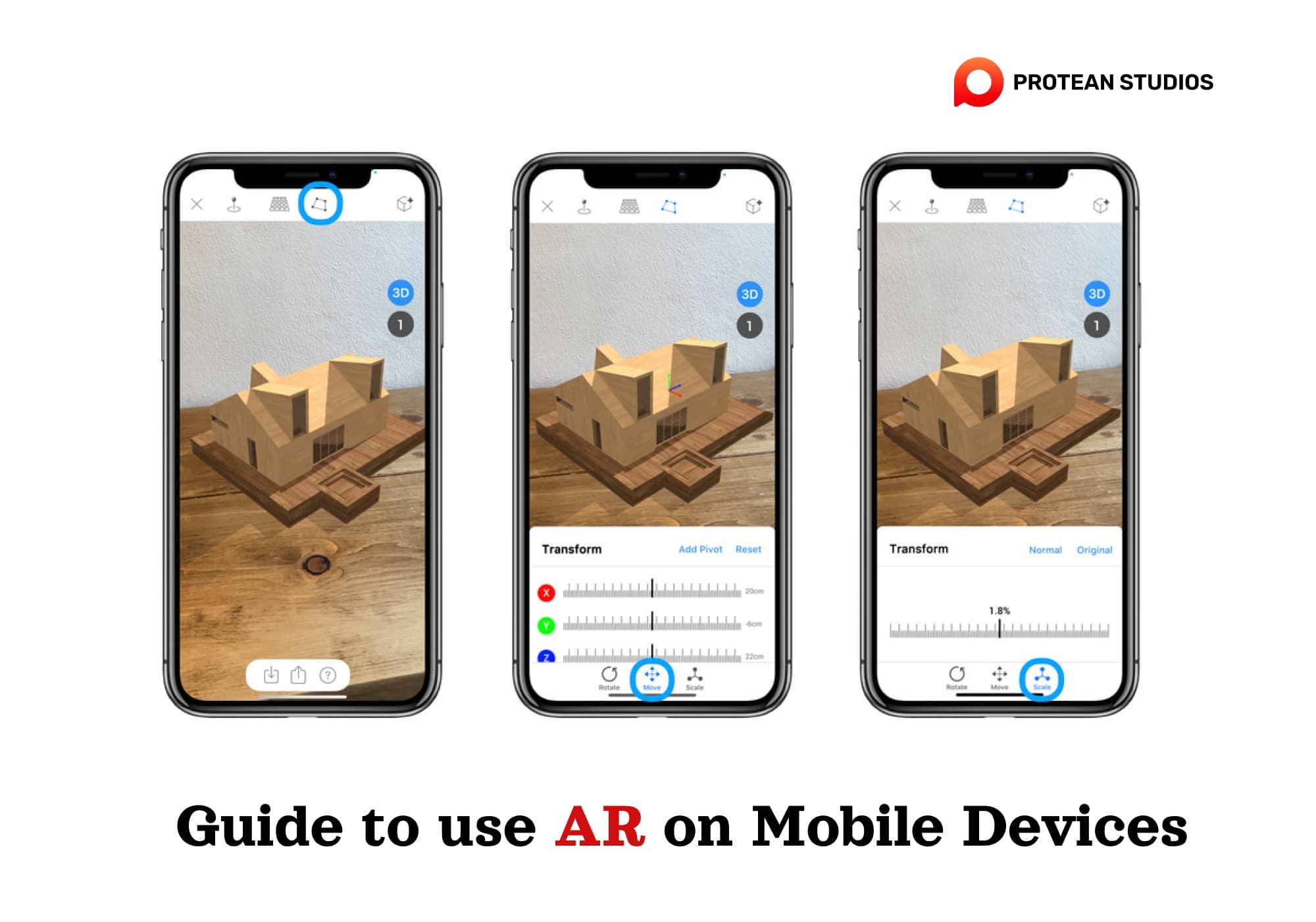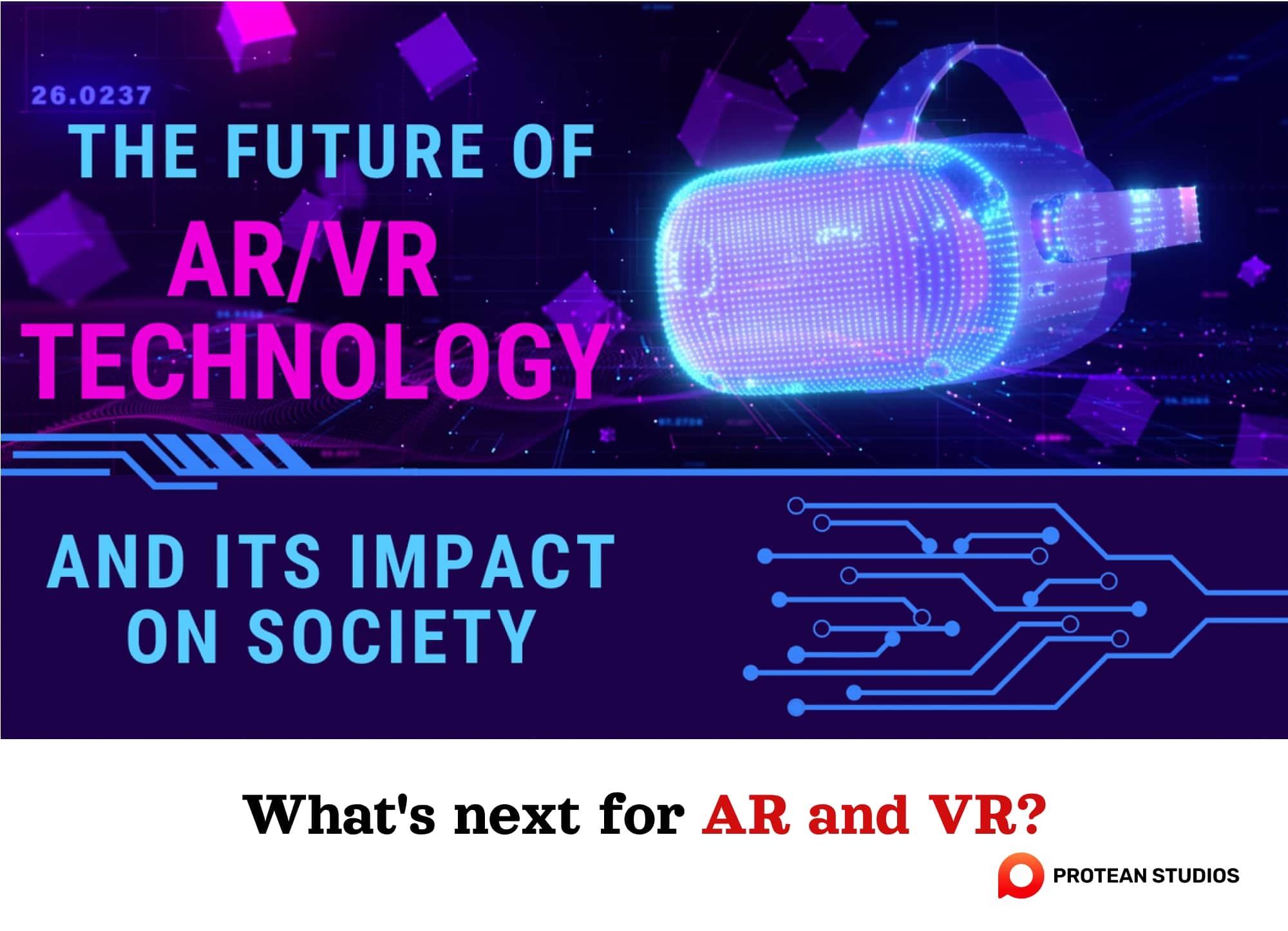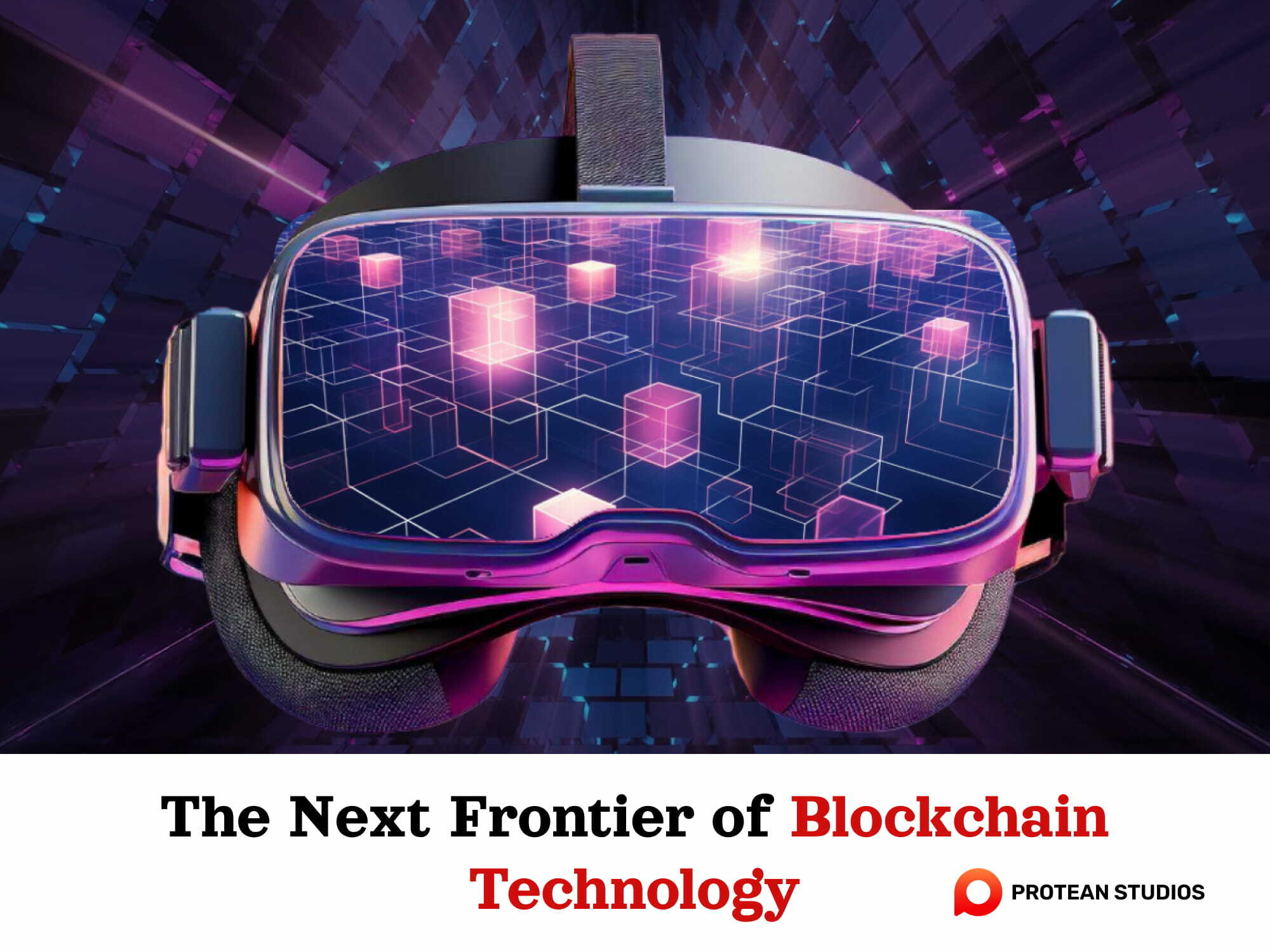Augmented Reality (AR) and Virtual Reality (VR) have evolved from futuristic concepts to tangible technologies, transforming the way we interact with the world around us. While both offer immersive experiences, they represent distinct approaches to blending the digital and physical realms. As these technologies continue to mature, the question arises: which will dominate the future, and how will they reshape our lives?
The Role of AR and VR on Business
Augmented Reality (AR) and Virtual Reality (VR) are now part of our present reality. They've become powerful tools transforming businesses across various industries. This section explores how AR and VR are reshaping business operations, customer experiences, and market landscapes.
1. Enhancing Customer Experience
AR and VR are changing the way businesses connect with customers. AR adds digital elements to the real world, while VR creates new virtual spaces. These technologies allow businesses to offer unique and engaging experiences, helping customers feel more connected and interested.
2. Training and Education
Using AR and VR for training helps employees learn by doing, without real-world risks or costs. From medical training to operating machinery, these tools provide safe, hands-on practice, making learning more effective.

=>>> Read more: Unlocking The Power Of AR And VR In Advertising
3. Collaboration and Communication
AR and VR improve teamwork, especially for remote workers. VR lets team members meet in virtual rooms as if they were in the same place, boosting communication and productivity. AR can offer remote assistance, where experts guide workers through tasks with real-time instructions.
4. Driving Marketing and Sales
AR and VR are creating exciting marketing opportunities. AR apps let customers see how products look in their own space before buying, while VR provides immersive product showcases. These technologies help businesses stand out and attract more customers.
5. Enhancing Product Development
AR and VR simplify product development by allowing designers and engineers to create and test virtual prototypes. This reduces the need for physical prototypes, saving both time and money. AR also aids in quality control and maintenance by offering real-time inspections.
Guide to use AR on Mobile Devices
Mobile devices have become powerful platforms for delivering AR experiences. This section provides a step-by-step guide to creating and deploying AR applications on mobile devices.
1. Choosing the Right AR Platform
For mobile AR, choose between ARKit (for iOS) and ARCore (for Android). Pick the platform that best matches your audience's devices and the features you need.
2. Developing AR Applications
To create an AR app, start with a clear idea, design a user-friendly interface, and develop the software. You can hire developers or work with AR agencies. Make sure the app is easy to use to keep users engaged.
3. AR into Existing Apps
If you already have a mobile app, you can add AR features to it. Use AR software development kits (SDKs) to integrate AR without needing a separate app. For example, add AR product previews to a shopping app or AR navigation to a travel app.

=>>> Learn more: VR (Virtual Reality) Vs. AR (Augmented Reality): Predicting Future Success
4. Compatibility and Performance
Ensure your AR app works well on various devices. Test on different models and optimize for lower-end devices. Keep the app updated to stay compatible with new devices and operating systems.
5. Promoting and Supporting AR Features
Promote your AR app so users know about the new features. Use in-app tutorials, videos, and marketing campaigns to highlight the benefits. Provide user support and gather feedback to improve the app over time.
What's next for AR and VR?
AR and VR have a bright future ahead, with many new features and more widespread use coming in the next few years.
1. Convergence of Technologies
AI Integration: Artificial intelligence will enhance AR and VR experiences with features like real-time object recognition, natural language processing, and personalized content.
5G and Beyond: Faster network speeds will enable more complex and immersive AR/VR applications, including real-time collaboration and cloud-based content delivery.
2. Expanding Applications
Metaverse: AR and VR are core components of the metaverse, creating immersive virtual worlds for work, play, and social interaction.
Education and Training: Immersive learning experiences will become more prevalent, offering interactive simulations and personalized instruction.
Healthcare: AR and VR will be used for medical training, patient rehabilitation, and mental health treatment.
Remote Work and Collaboration: AR/VR will enhance remote work by creating shared virtual spaces for collaboration and communication.

=>>> Other Article: Grasping Virtual Reality And Augmented Reality
3. Hardware Advancements
Lightweight and Stylish AR Glasses: More comfortable and fashionable AR glasses will become mainstream, blurring the lines between the physical and digital worlds.
High-Resolution Displays: Improved display technology will deliver sharper, more realistic visuals in both AR and VR headsets.
Haptic Feedback: Advanced haptic technology will create more immersive and realistic sensory experiences.
The future of AR and VR looks very promising. These technologies will soon be a big part of our daily lives and various industries. With better video quality, faster processing power, and improved hardware, AR and VR will become more popular and accessible. Lower development costs will also encourage more innovation.
As AR and VR continue to evolve, they will change how we work, learn, and shop, creating exciting new experiences. The future is bright for AR and VR, and they are set to transform our world in many amazing ways.




